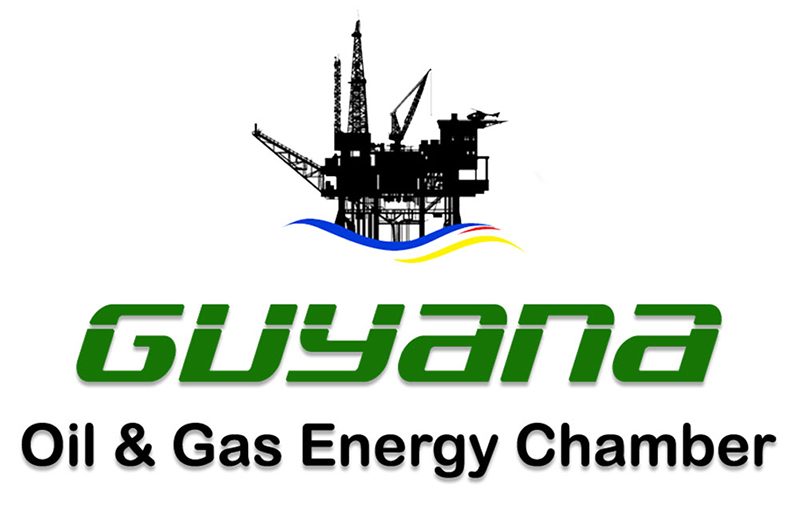PRESIDENT of the Guyana Oil & Gas Energy Chamber (GOGEC), Manniram Prashad has congratulated the Government of Guyana for a well put together Budget 2023 aimed at advancing Guyana’s development while balancing the needs of the people.
Minister with responsibility for Finance, Dr. Ashni Singh, on Monday, presented the largest budget to the National Assembly on behalf of the government.
The budget represents an increase of 41.4 per cent over the 2022 budget, amounting to a whopping $781.9 billion.
This is the first budget to be financed from the sale of carbon credit–the sum of $31.3 billion, representing four per cent of the total budget.
In keeping with President, Dr. Irfaan Ali’s vision and Vice-President, Dr. Bharrat Jagdeo’s astute management of the oil and gas sector, GOGEC supports the continued development of the Wales Gas-to-Energy (GTE) project with the allocation of $43.4 billion to support the construction of a 300 megawatts (MW) combined-cycle gas turbine power plant, natural gas liquids plant, and associated facilities.
The project represents a significant investment towards unlocking greater economic diversification and private sector transformation by reducing the cost of electricity by 50 per cent. It marks an essential step for a robust and technologically sophisticated manufacturing sector.
Similarly, the energy cost-savings to households will ease income pressures, and improve energy access and overall quality of life, especially for Guyana’s vulnerable population.
At the cost of US$1 billion, the project’s direct and indirect benefits will see a marked decline in overall consumer prices for food and other essential goods and services.
The GOGEC also recognises the immense improvement to both the reliability of electricity supply brought by gas and the improved stability needed to sequentially incorporate intermittent renewable energy systems, such as solar and wind.
By 2025, with 300MW of new baseload capacity provided with natural gas, the reliability of the Demerara-Berbice Interconnected System (DBIS) grid will increase while the greenhouse gas (GHG) emissions associated with electricity generation will be reduced by half.
In respect to cost of living interventions, GOGEC noted the downward revision of inflation for 2023 to three per cent, down from about seven per cent in 2021 through 2022. This was possible because of the series of policy interventions by the government to combat this issue.
“These measures amounted to over some $200 billion, cumulatively over the last two and a half years which translated to an average of approximately $500,000 per household on an annualised basis.
“The budget is also people focused wherein this is demonstrated in the increases to the cash grants to the school children, pensioners and other groups in the most vulnerable category,” GOGEC said.
Important to note as well are the indirect benefits to the people through the public investment agenda–especially in the public healthcare sector, education and housing. These sectors combined were allocated some $233.9 billion, representing 30 per cent of the total budget.
Finally, in light of the massive development needs of Guyana in public infrastructure, improved social services and the unprecedented structural transformation of the economy, Budget 2023 sought to build on a strong framework in achieving these goals, the oil and gas chamber said.



.jpg)









